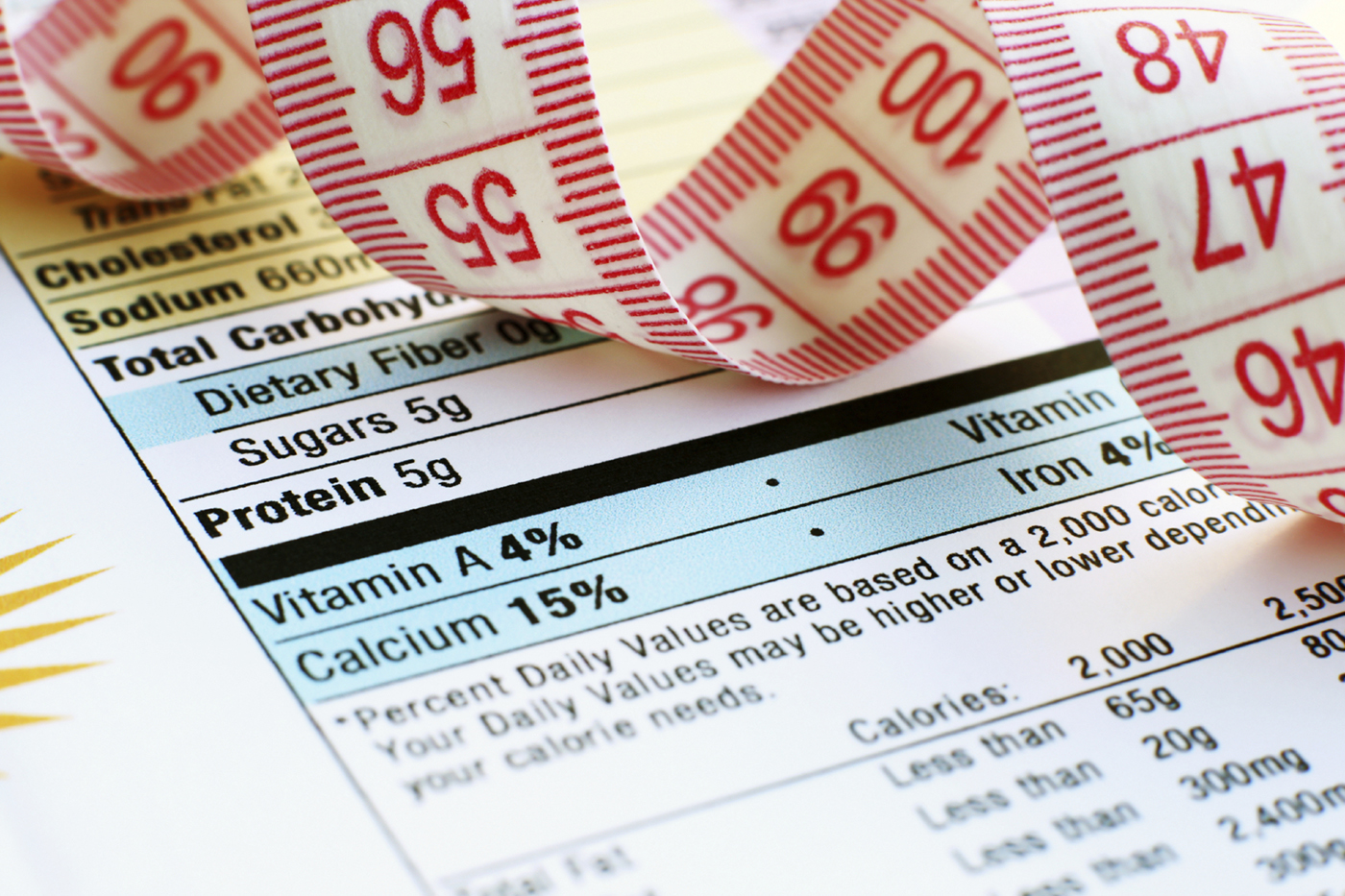Health Watch readers know that one of the most powerful ways to declare your health independence is to stop eating processed foods. Even the ones that claim to be “healthy” just can’t compete with fresh, organic, earth-grown nutrients.
And Big Food knows it. Their sales are on the decline—even the stuff they try to pass off as good for you.1
So they’re fighting back with a sneaky trick…
It’s one of the biggest, best-selling trends for Big Food right now. And it’s there to make you drop your guard… They want you to think that you’re making a healthy choice—and saving time by not having to prepare a meal. But there’s a dangerous—even deadly—problem with what they’re doing.
New research by the Environmental Working Group (EWG) examined 2,550 snack bars and breakfast cereals for these ingredients. And they found this common practice may be putting seniors—as well as children and expecting mothers—at serious risk…
Sugars, corn syrups, and preservatives are bad enough… But these “healthy foods” could be slowly poisoning you with innocent-looking ingredients—and you won’t even know it.
We’re talking about vitamin-fortified foods.
On the surface it sounds like a good idea. Most people who don’t make their own meals probably aren’t getting great nutrition. Not from the foods they eat, at least. So adding vitamins to breakfast cereals and snack bars doesn’t sound like a bad thing… But it is.
First, you need to know that the nutrition labeling system used by the FDA is outdated…and not by a couple of years, either. These standards were set in 1968.2 But it’s not just a matter of being out of date… It’s a matter of safety.
In most cases, the popular offenders—niacin, zinc, and vitamin A—are synthetic. That’s dangerous to begin with. The fake versions of vitamin A are particularly scary. They may cause birth defects, hormonal imbalances, weak bones, and arthritis.3 You also risk organ damage and hair loss…even osteoporosis and an increase in hip fracture risk in the elderly. And too much zinc may damage red and white blood cells. This can compromise your immune system.
But there’s another major problem when these end up in cereal and snack bars…
The daily value (DV) for these vitamins is for adults. So if you think 100% of the DV for vitamin A is a lot for an adult…it could be a total overload when a child eats a bowl of cereal.4
So how do you avoid this problem?
One way is to never buy foods in a bag, box, or container ever again. It’s ideal…but it’s just not practical. It’s more important to know what to avoid—and what to seek out—when you’re shopping.
A good place to start is with the food sources on the product label. If you don’t see a list of natural foods appearing anywhere in the ingredients, the vitamins are synthetic. Another tip is to avoid the products that contain words ending in “ide” or “ate”—these are salts that indicate fake vitamins use.5
It isn’t easy to remove all processed foods from your life—especially if you travel or have hungry kids around. But don’t fall for Big Food’s tricks: The vitamins added to many of their products are faker than a three dollar bill. Get the genuine article. Make sure your vitamins are coming from organic fruits and vegetables—and naturally-sourced supplements—instead.
You can access the EWG’s report here.
Like this Article? Forward this article here or Share on Facebook.
References:
1http://www.bloomberg.com/news/2014-03-12/nestle-lean-cuisine-sales-drop-as-shoppers-shun-freezer.html
2http://static.ewg.org/reports/2014/children_at_risk/pdf/too_much_of_a_good_thing.pdf
3http://www.greenmedinfo.com/toxic-ingredient/synthetic-vitamin
4Idem
5http://www.foodmatters.tv/articles-1/how-to-tell-if-a-vitamin-is-natural-or-synthetic

